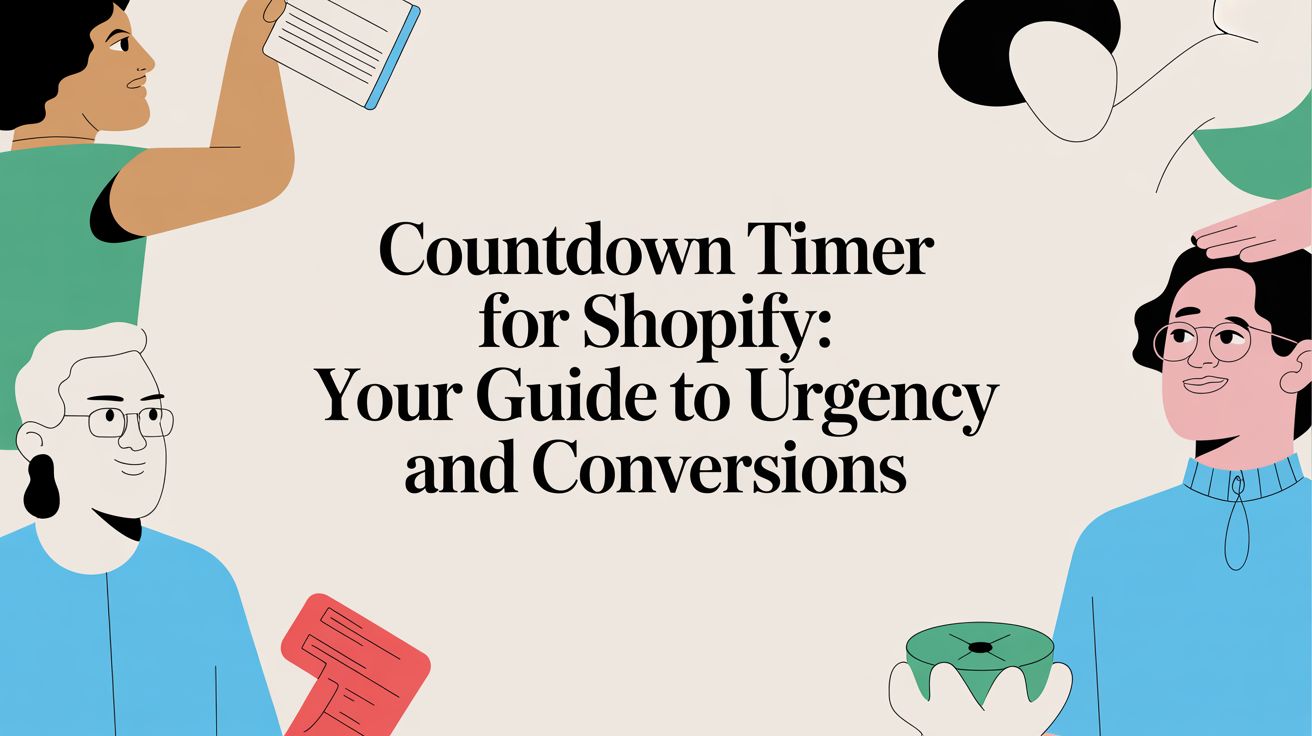
The keys to implementing personalization within your email marketing

Personalization is a part of the human experience — from your name to your interests, individualized circumstances help shape what you give your attention to.
The same is true for email subscribers.
“Brands using email marketing should be considering what personalization they can provide for their recipients to help increase engagement and conversion rates,” said Paula Glynn, Director of Search Marketing & Digital Strategy at Pixelstorm, a digital marketing agency in Australia.
Many studies back this up. According to eConsultancy, 74 percent of marketers state that targeted personalization increases their overall customer engagement rates, and according to Campaign Monitor, emails with personalized subject lines are 26 percent more likely to be opened. That's just the beginning of the research out there on the positive impacts of personalization.
So what are best practices for realizing these results? We asked Glynn for her take on how brands can best implement personalized email marketing into their digital strategy.
Keep it simple
In the case of your personalized email campaigns, simple might just be best. There’s no need to focus your efforts on crafting content with excess information your consumers don’t care about. Instead, Glynn suggests honing in on subscriber preferences, providing an easier experience for your audience — starting with the subject line.
“Don’t overwhelm users with too many options at once. Instead of bombarding your customer with several different offers in the subject line, try sending them content tailored to their preferences within the email itself,” said Glynn.
Make sure each email clearly articulates the message you want to get across. Aside from tailoring your content, it’s also important to create straightforward messages that are seamless and intuitive for your subscribers in order to avoid confusion.
Provide value
Of course, much of your email marketing success will come down to the value your content offers each individual subscriber.
"Personalized emails are only beneficial if they are relevant to the customer," said Glynn.
But how do you know what is relevant, or what your customers want to see? By using data collected about each user's interests and preferences.
You can get this information when your customers first subscribe to your email list, when they join your loyalty program or by keeping track of what your customers have purchased in the past.
Through means like mobile data or purchase history you can create tailored content that is more likely to resonate with your subscribers. This could come through in ads, discounts or even content within the email itself.
Having this information in your arsenal will not only benefit your ability to market to customers, but it will also increase the amount of value they attach to your messages.
Unfortunately, not everyone will want to offer this information. If this happens, Glynn says it’s best to give your subscribers the ability to make an exit:
“Due to privacy concerns, some users might be hesitant to provide too much information, lowering their engagement rates. When you send messages that do not reflect your brand's image or resonate with user expectations, people will stop viewing them as valuable and may unsubscribe from future messages," she said. "Take the extra time required to ensure that recipients know how they can unsubscribe or opt-out of messages if they desire. Nobody wants to feel like they're being spammed, so it's essential to make sure that users have an easy way to stop receiving messages if they change their mind or interest in receiving them.”
Coupling email marketing strategies with personalization tactics can have a major impact on your brand. Having the right plan of action is pivotal in achieving successful personalization within your email marketing.

Lindsay Keener is a brand journalist for Quikly. She covers stories that help to inform and educate consumer-facing marketers.

